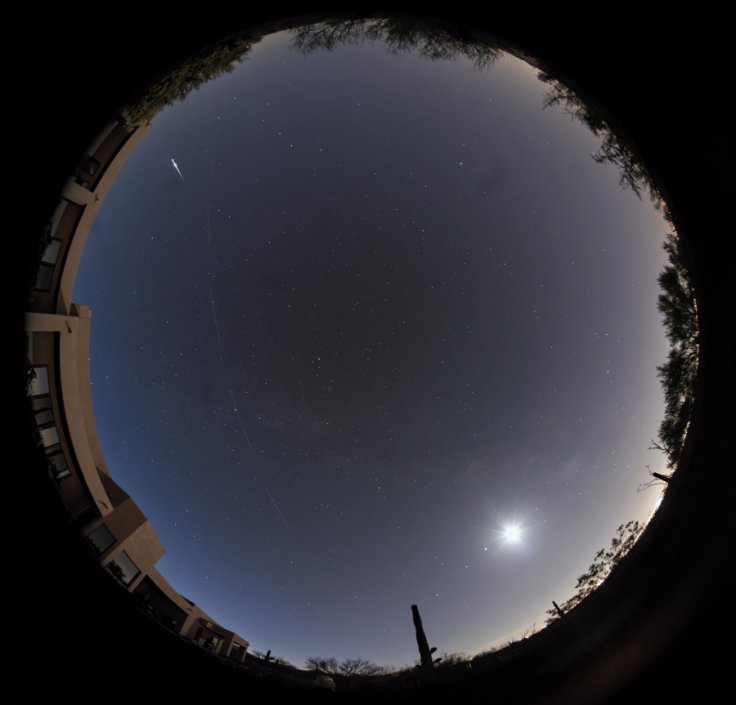A momentous new study has suggested presence of water in its liquid form in the Meteorites in the earliest days of the solar system. This study has breathed some fresh air in the former theories of the scientists that meteorites brought water and other precursors for life to our planet billions of years ago.
Pieces of some rare group of meteorites were found by the scientists. According to them, these rare group of meteorites are known as Carbonaceous chondrites. Carbonaceous chondrites are a rather special group of meteorites as they are studied to be originated at the dawn of formation of the solar system. Significantly minerals have been found in these meteorites which only appear in the presence of water and other organic compounds, some of important factors for thriving life in any planet. Study of these group of meteorites have provided alluring information about source of water in our planet.
If rarer carbonaceous chondrites containing traces of water impact the Earth and our scientists manage to place their hands on them, this study shall expediate rapidly. Though it is one of the rarest cosmic accidents to hope for.
At present it has only been confirmed that carbonaceous chondrites at some point in time contained water in its liquid flow but the time of occurrence of such flow of water is still unknown. Applied dating methods by the Scientists suggest that such occurrence to be around 4.5 billion years ago.
Simon Turner, an isotope geochemist at Macquarie University in Sydney, Australia, opines that young alterations leading to the hypothesis of presence of water in carbonaceous chondrites are to be encouraged and such young alterations have seemingly proved presence of ice on the meteorites.
In a break through study by a team of researchers from Macquarie University, Florida State University, and the Natural History Museum of Paris, has reported that these carbonaceous chondrites had some amount of fluid in the past few hundred thousand years.

Simon Turner and his team in their research have used carbonaceous chondrite which has been reportedly witnessed while falling. The reason for that they state that such carbonaceous chondrite are fresh-from-space when they impact the surface of the Earth and bear the evidence as to the reason and time of their sudden arrival. Turner's team have managed to collect these meteorites from different parts of the world like Sutter's Mill, California, a frozen lake in Russia, and various others. They took samples from these meteorites dated their water flow with uranium-thorium dating, in which isotopes of the two elements can be measured to discern age. Their primary aim was to find out that at what age the liquid is moving in the rock.
According to Turner if the was ice on the bodies of the meteorites and something has caused the melting and moving of the ice within the rock it has happened within the last million years. In such case the reactions of uranium and thorium to the rock should be different. Thus, the team took the method of observing the movement of thorium and uranium, relatively fluid element, in the meteorite and deduce the time of flow of the water in the rock.
Whenever liquid flows in any rock it shifts isotopes around, leaving a short-term record of the flow. With time this record disappears. This is a cardinal rule for any rock even it is thrown from the space. Turner's team would be able to detect if there has been any movement f the isotopes within a million years. Some of the team's samples have shown evidence of movement of liquid of as recent as a few thousand years ago. This is a very significant finding as it hints at the presence of ice in the carbonaceous chondrites .

This new study has been deemed interesting and elegant by Edward Young, a geochemist at UCLA who was not affiliated with the recent paper. He has also stated that NASA's ongoing OSIRIS-REx mission has been credited for the recent findings of widespread water flow on the asteroid Bennu.
All these rises hope for a successful denouement of the quest of source of water in our home planet.









